How To Brew The Perfect Cup Of Japanese Tea

Would you like to learn how to make a perfect cup of Japanese tea? Let's try it together!

For many Japanese people, green tea is often seen as just another drink. You can buy bottles of green tea at convenience stores or get them from vending machines, which has lead to many Japanese becoming unaware of how to brew green tea for themselves.
Once you get the hang of it though, you will see just how easy it is to make a cup of green tea for yourself. For the Japanese who think "I can just ask someone how to do it", and for non-Japanese who feel "I'd like to make real Japanese green tea for myself", by all means give it a try.
The Most Important Tool - The Tea Pot

The most important tool used in making tea is of course the kyusu or small teapot with a handle. You can purchase these tea pots at tea shops or in large supermarkets in Japan.
If you don't have access to one of these particular small tea pots, the tea pots used to brew black tea (English-style tea) can also be used.
When making tea directly from the leaves, another important tool is the chakoshi ("tea strainer") used in order to prevent the leaves from entering the cups. As you can see in the photo, there is a mesh over the spout opening in the kyūsu, which means a second tea strainer is not necessary. If you are using a regular tea pot however, you will definitely want something to strain out the leaves.
How to Brew Tea (Sencha for Two)
Step1: Put the tea leaves in the kyusu
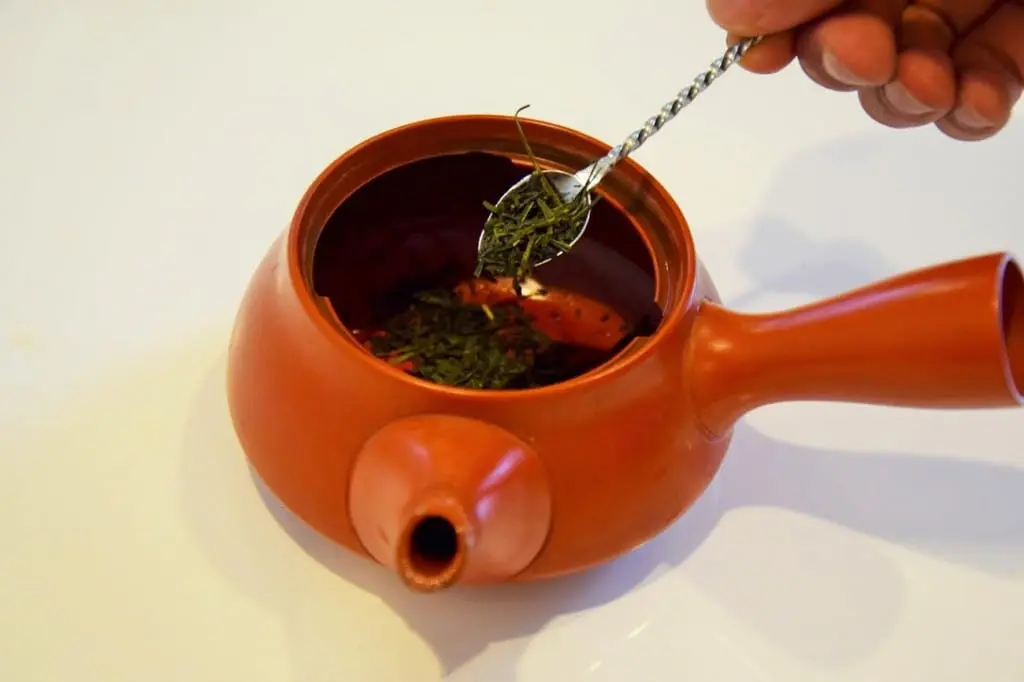
For two people, you will need about 4 grams (2 teaspoons) of tea leaves.
Step 2: Boil the water

Once you have boiled the water in your kettle or hot water dispenser, allow the water to reach a more moderate temperature before putting it in the kyusu.
In general, sencha (leaf green tea) is brewed at about 90℃ so you would typically boil the water and then let it cool a bit first but it's okay if you add the water to the tea pot right away.
When using very high quality sencha, in order to prevent the loss of the richness of its taste, it's a good idea to use a lower temperature. You can easily cool the water to a suitable temperature by pouring some into a yunomi, or tea cup first.
Step 3: Pour the hot water in the kyusu

For two cups of tea, you will need 200 ml of water. The tea should be allowed to steep for about 30 seconds. Please wait until you notice the tea leaves have begun dissolving.
Step 4: Pour the Tea

Once you have poured the tea into the cups, you have finished. If you are making tea for many people, make sure to add it to the cups slowly, so that everyone gets an equal serving of the tea.
By pouring out the tea down to the very last drop, you are sure to get every last bit of the deliciousness of the tea out of the leaves.
If You Want to Try Something Simpler, Tea Bags Work

If you don't have a kyusu or a tea pot but still want to enjoy some tea, why not use some hot water only Japanese green tea bags?
In fact, these tea bags also make really great souvenirs from Japan too.

Other Teas, Water Amounts and Steeping Times (For Two)
There are many varieties of Japanese teas and each have their own unique brewing techniques.
While the procedure is identical to that of sencha, pay careful attention to the temperature of the hot water. The flavorful gyokuro (high quality green tea) requires a comparably low temperature, while the fragrant hojicha (roasted tea) and genmaicha (green tea with roasted rice) should be made with nearly boiling water.
Gyokuro Tea for Two
Amount of tea leaves: 6 g
Amount of water: 100 ml
Water temperature: Considerably low (about 60℃)
Steeping time: 2 minutes
Hōjicha or Genmugicha for Two
Amount of tea leaves: 4 g
Amount of water: 200 ml
Water temperature: Considerably high (about 95℃)
Steeping time: 30 seconds
Making Cold Green Tea
If you would like to have iced green tea, you will want to make it a bit stronger than hot.
The kyusu might be too small to fit tea leaves, water and ice inside. In that case, please feel free to use a regular tea pot with a strainer or another container. Add 2-3 times the tea leaves and ice, and stir thoroughly as you add the hot water.
Amount of tea leaves: 6 g
Amount of water: 200 ml
Steeping time: 3 minutes
That's all for making your very own Japanese tea at home! Now, all you have to do is discover your perfect cup of tea.
東京生まれ東京育ち東京在住の20歳。大学生をしています。動物とたわむれることと散歩をすることがとっても好きです。世界中の野生の動物に会いに行ったり、世界中の街を散歩しに行ったり、いつかできたらいいなぁ、なーんて思ってます。

















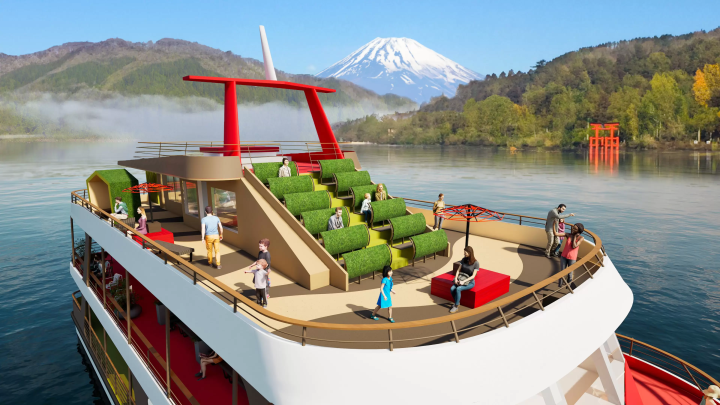


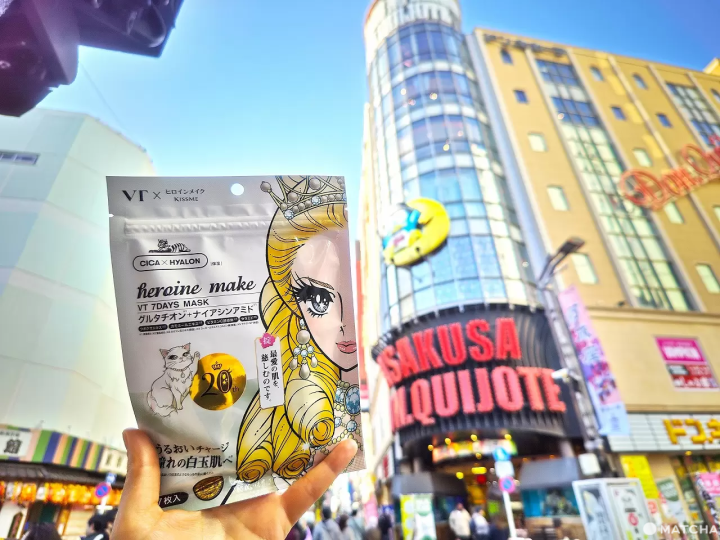
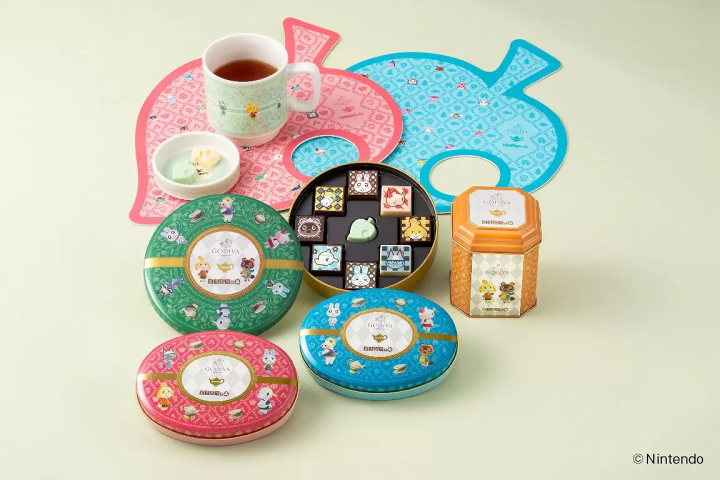
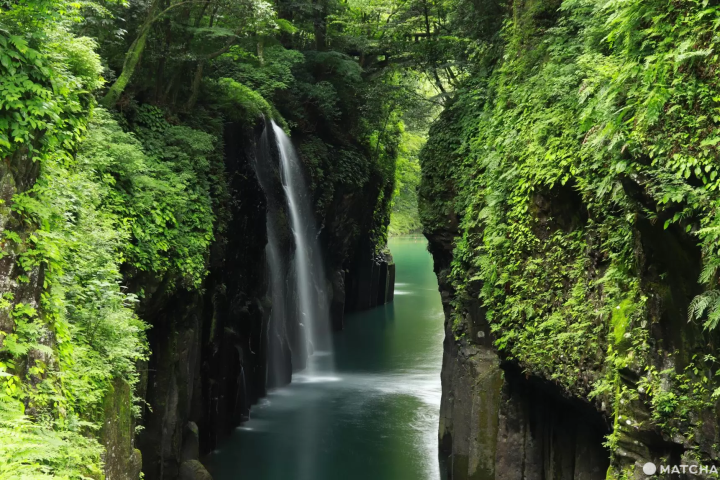




![[2025 Latest] A complete guide to enjoying a hidden gem in Japan: Tokyo and Kozushima in 4 nights and 5 days](https://resources.matcha-jp.com/resize/720x2000/2024/09/28-199498.webp)

![[30 minutes by train from Meitetsu Nagoya Station] A must-see for couples! Recommended date Feature Articles in Tokoname](https://resources.matcha-jp.com/resize/720x2000/2025/12/19-253428.webp)

![Deep dive into Japanese brands! A tour of famous leather shoe stores with GENSEI & Nin [Eizo Edition]](https://resources.matcha-jp.com/resize/720x2000/2025/12/18-253299.webp)